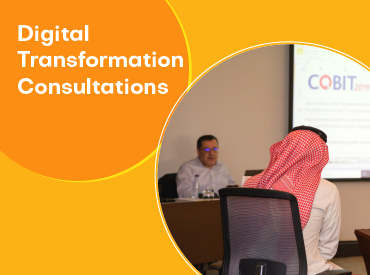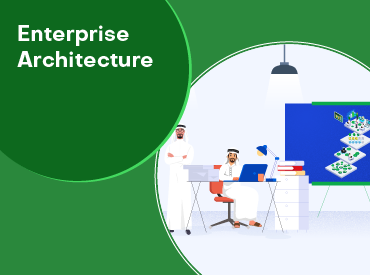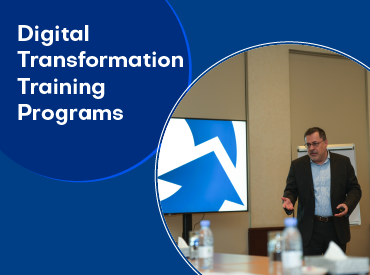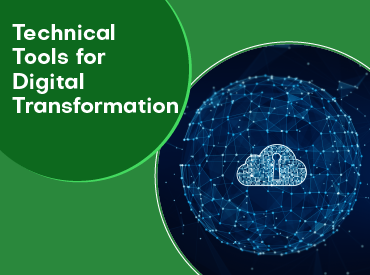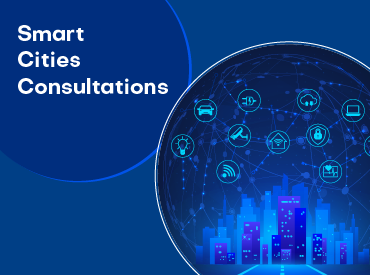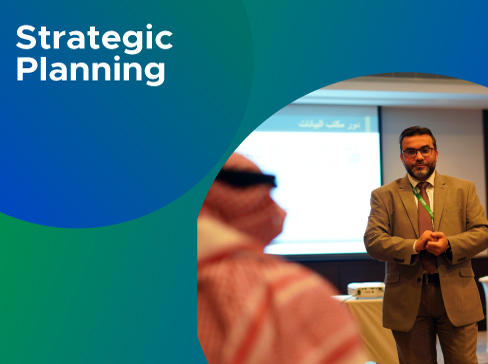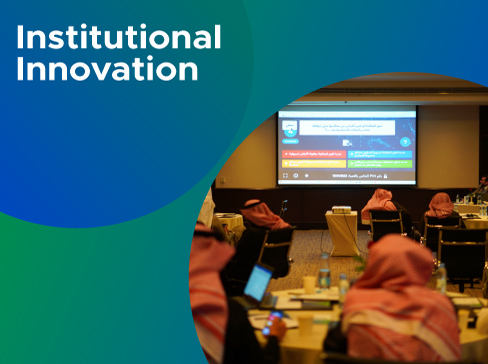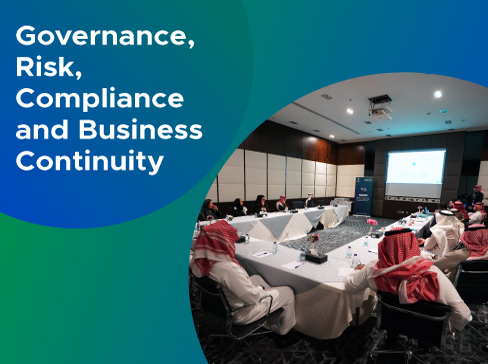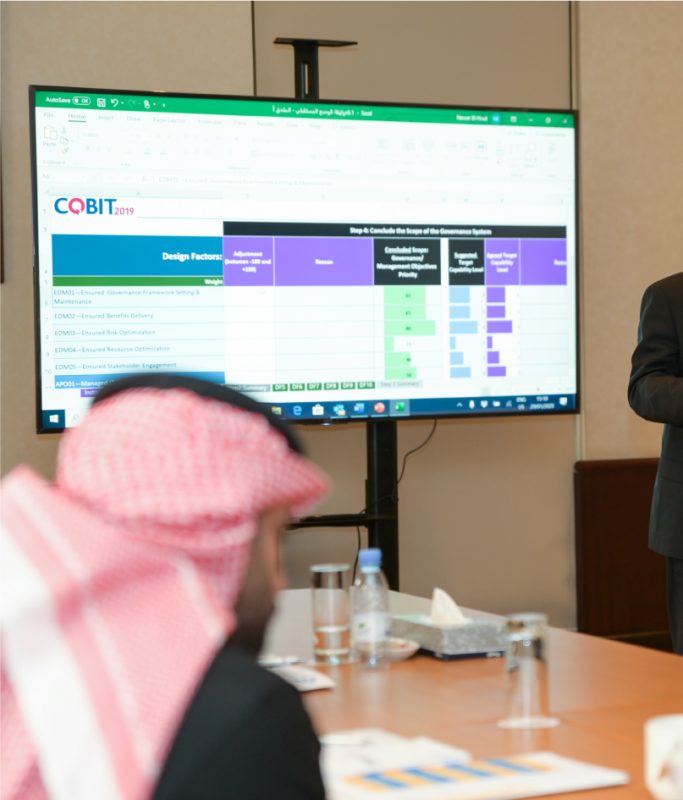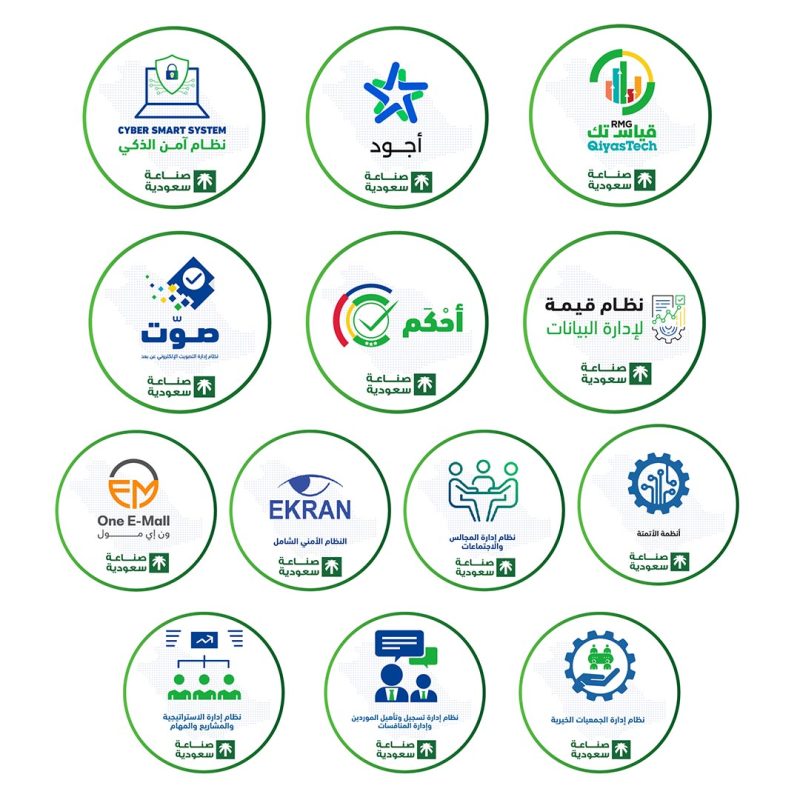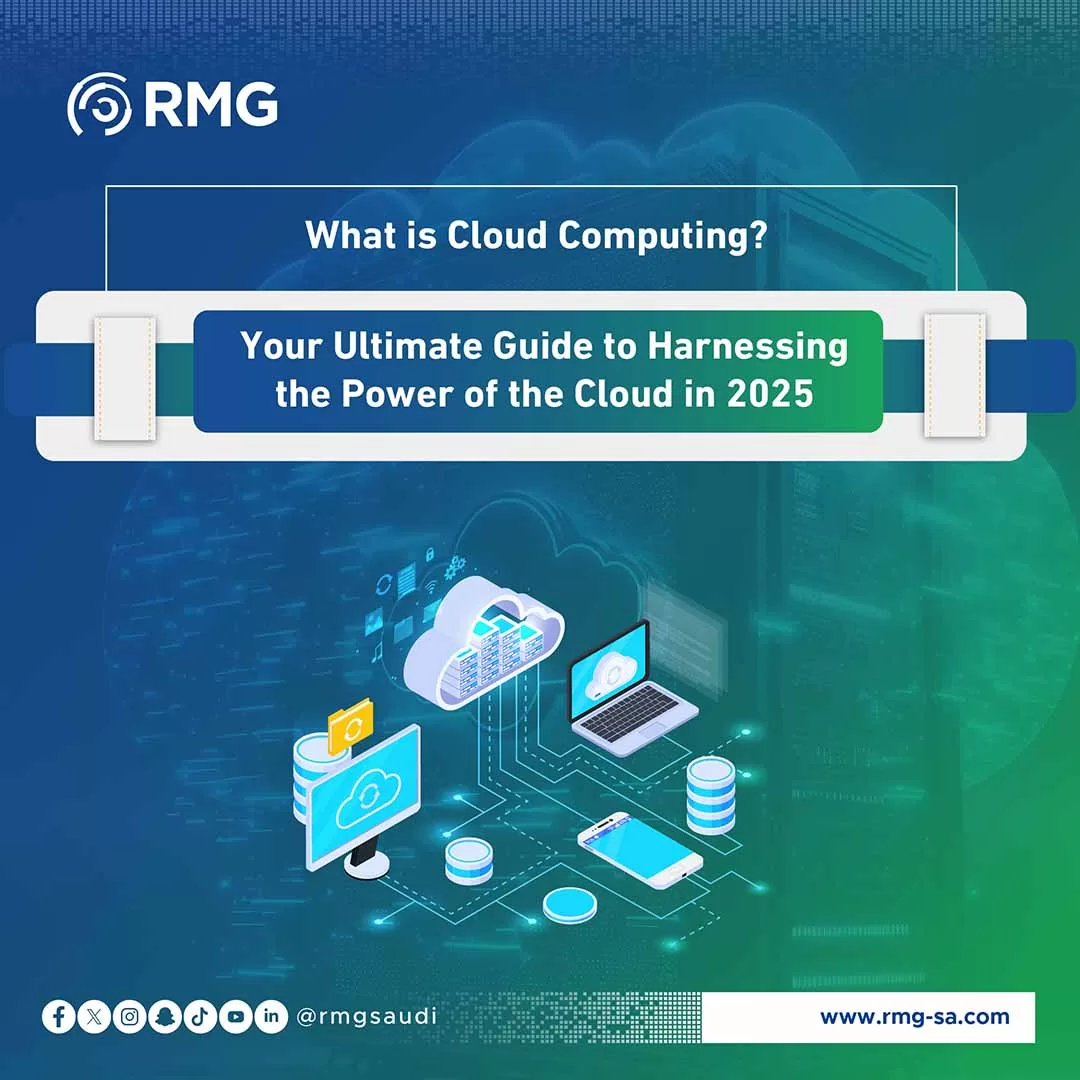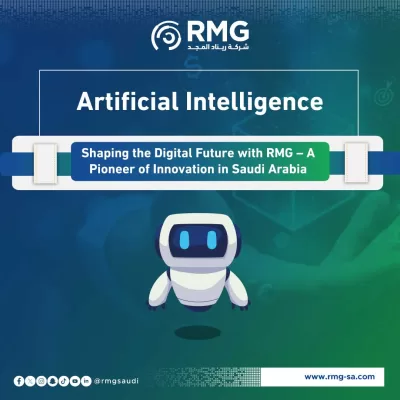Blog Body
Explore the World of Cloud Computing! Discover its definition, types, benefits, and challenges. This is your comprehensive guide to understanding how the cloud is revolutionizing technology and business—and how RMG (Renad AlMajd) can help you take advantage of it.
In today’s era of rapid digital transformation, technology is no longer just a supporting tool—it has become the primary driver of innovation and growth across all sectors. One of the most impactful technologies reshaping the IT landscape is Cloud Computing. Once a technical term limited to experts, cloud computing is now a tangible reality that benefits large enterprises, small businesses, and individuals alike.
But what exactly is cloud computing? How does it work? What vast possibilities does it offer?
This article is your gateway to exploring this exciting world, understanding its fundamentals, applications, challenges, and how you can become a strategic player in your journey to the cloud.
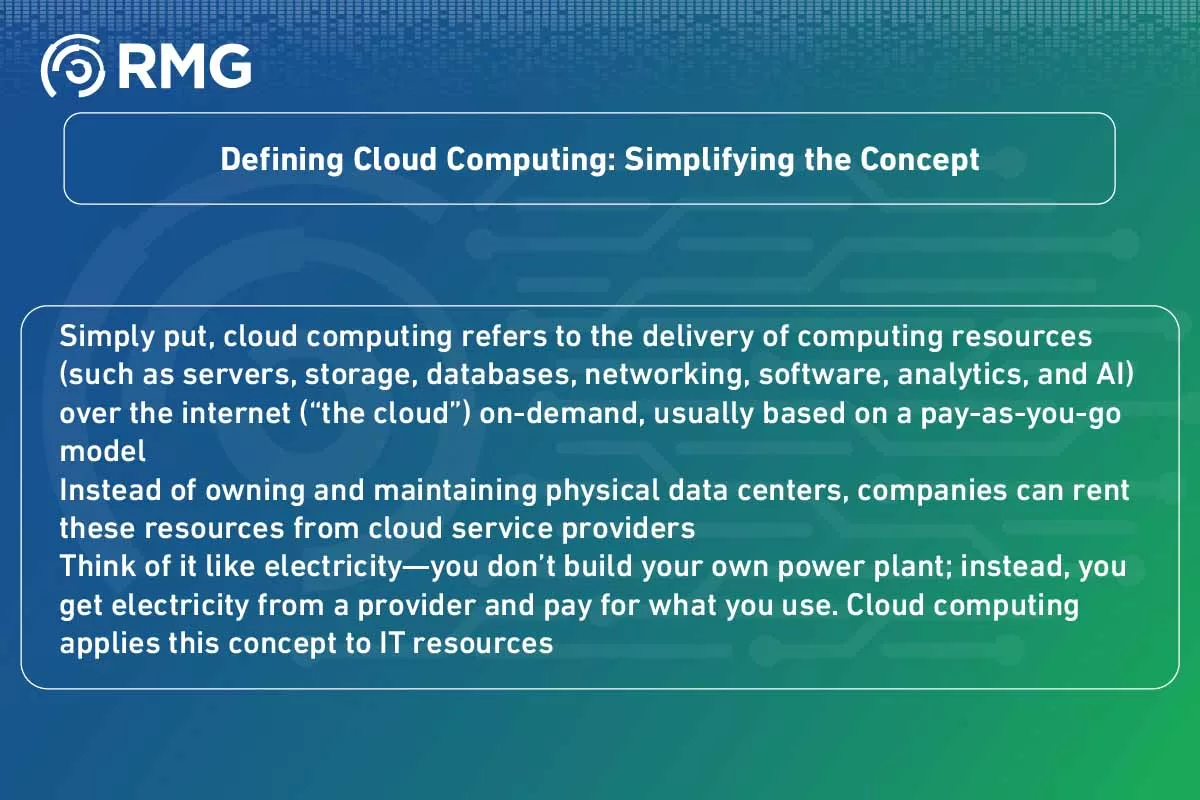
Defining Cloud Computing: Simplifying the Concept
Simply put, cloud computing refers to the delivery of computing resources (such as servers, storage, databases, networking, software, analytics, and AI) over the internet (“the cloud”) on-demand, usually based on a pay-as-you-go model.
Instead of owning and maintaining physical data centers, companies can rent these resources from cloud service providers.
Think of it like electricity—you don’t build your own power plant; instead, you get electricity from a provider and pay for what you use. Cloud computing applies this concept to IT resources.
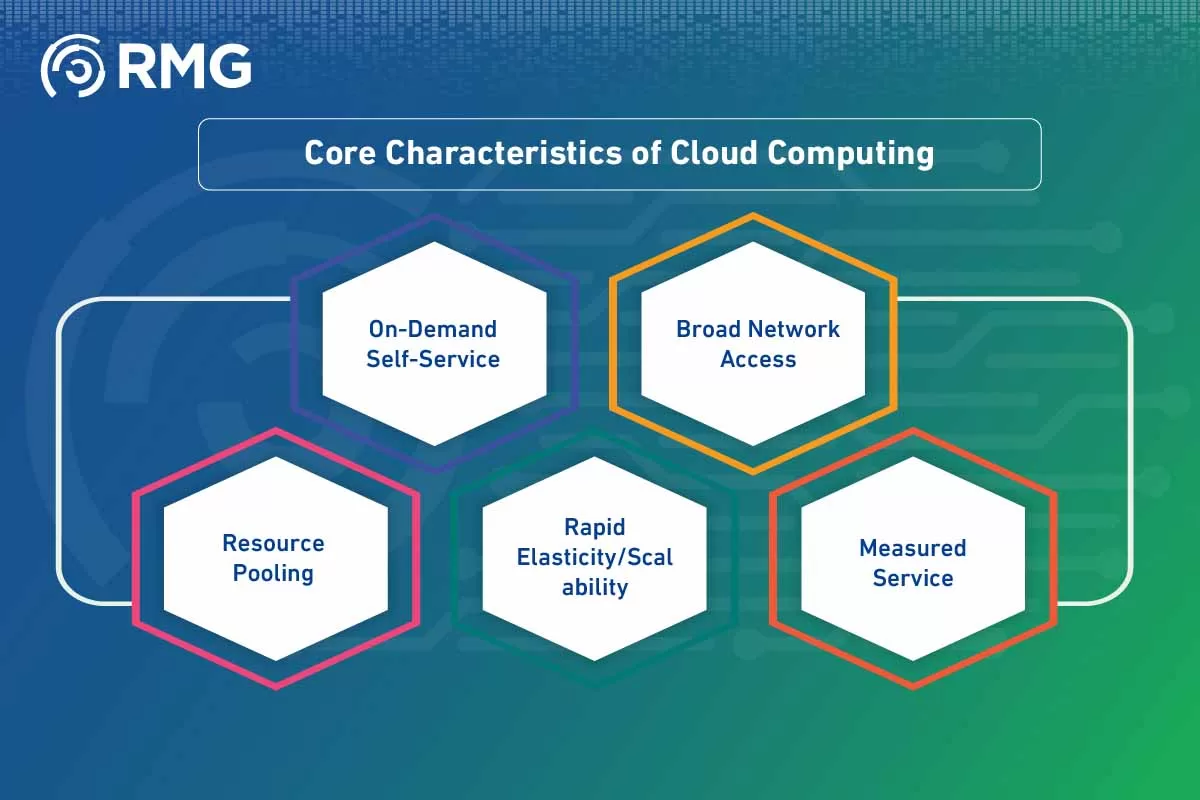
Core Characteristics of Cloud Computing
Cloud computing stands apart from traditional IT infrastructure through several key characteristics, including:
- On-Demand Self-Service: Users can automatically provision the computing resources they need (such as processing power or storage) without human interaction with the service provider.
- Broad Network Access: Services are available over the network (typically the internet) and accessible via standard mechanisms that support various platforms (e.g., smartphones, tablets, laptops, and workstations).
- Resource Pooling: The service provider pools computing resources to serve multiple consumers using a multi-tenant model, dynamically assigning and reassigning physical and virtual resources based on demand.
- Rapid Elasticity/Scalability: Resources can be rapidly and elastically scaled out or in—often automatically—to match demand. To users, resources may appear unlimited and available at any time in any quantity.
- Measured Service: Cloud systems automatically control and optimize resource use by leveraging metering capabilities appropriate to the service type (e.g., storage, processing, bandwidth, and active user accounts). Resource usage can be monitored, controlled, and reported, offering transparency for both the provider and consumer.
Types of Cloud Computing: Deployment Models
There is no one-size-fits-all model in the cloud world. Cloud computing types vary based on deployment and service models:
Deployment Models:
- Public Cloud: Owned and operated by a third-party provider, offering resources (like servers and storage) over the internet to the general public or large industry groups.
Examples: Amazon Web Services (AWS), Microsoft Azure, Google Cloud Platform (GCP). - Private Cloud: Dedicated exclusively to a single organization. It may be hosted internally in the company’s own data center or externally by a third-party provider. Offers greater control and security.
- Hybrid Cloud: Combines public and private clouds, allowing data and applications to be shared between them. This provides businesses with greater flexibility and more deployment options.
Service Models:
- Infrastructure as a Service (IaaS): Provides access to fundamental computing resources like virtual machines, storage, and networks. Users manage the operating systems and applications.
- Platform as a Service (PaaS): Offers a platform to develop, test, deploy, and manage applications without the complexity of managing infrastructure.
- Software as a Service (SaaS): Delivers ready-to-use applications over the internet on a subscription basis. Users access the software through a web browser.
Examples: Gmail, Salesforce, Microsoft 365.
Undeniable Benefits of Cloud Computing
Cloud computing offers a wide range of advantages that drive organizations to adopt it. Key benefits include:
- Cost Reduction: Converts capital expenses (CapEx) into operational expenses (OpEx), paying only for what is used.
- Speed and Efficiency: Resources can be provisioned within minutes, offering tremendous agility and reducing capacity planning pressure.
- Global Scalability: Ability to scale across geographical regions and deploy applications globally with ease.
- Performance: Major cloud providers operate on a global network of secure data centers equipped with the latest high-performance computing hardware.
- Reliability: Simplifies data backup, disaster recovery, and high availability by allowing data replication across multiple locations.
- Security: Many providers offer robust security features including policies, technologies, and controls that strengthen overall security posture. Often, cloud environments are more secure than on-premise systems, especially for SMBs with limited resources.
Cloud Computing Use Cases: Practical and Far-Reaching
Cloud computing has practical applications across nearly all aspects of modern technology:
- Data storage, backup, and recovery
- Application development and testing
- Big data analytics
- Website and app hosting
- Software delivery via SaaS
- Audio and video streaming
- Internet of Things (IoT) connectivity and analytics
- AI and machine learning model training and deployment
Cloud & AI: A Strategic Alliance for the Future
Cloud computing and artificial intelligence form a powerful synergy reshaping the innovation landscape. The cloud provides the massive computing power and storage needed to train complex AI models and process huge datasets.
Cloud providers also offer Managed AI/ML Services, making it easier for companies to integrate AI into their applications without deep infrastructure expertise.
This alliance drives progress in areas like image and speech recognition, natural language processing, and predictive analytics.
Cloud Computing Challenges and Risks
Despite its many advantages, cloud computing presents several challenges that organizations must address:
- Security Concerns: While cloud can be secure, risks like misconfigurations, credential theft, and insider threats remain.
- Regulatory Compliance and Data Sovereignty: Organizations must ensure their providers comply with industry or regional regulations (e.g., GDPR, HIPAA), especially regarding data location.
- Vendor Lock-in: Migrating workloads between providers can be difficult and costly.
- Cost Management: Without proper monitoring, cloud costs can spiral out of control.
- Skill Gaps: Cloud environments require specialized skills that may not be readily available in-house.
- Downtime Risks: Dependence on a stable internet connection and reliable provider is critical—any outage can disrupt business operations.
Overall, when weighing the pros and cons of cloud computing, the benefits often outweigh the risks—especially with proactive planning and risk mitigation strategies.
Getting Started: Cloud Computing Requirements
Before beginning your cloud journey, there are several key requirements to consider:
- Reliable High-Speed Internet: Essential for accessing cloud services.
- Clear Understanding of Business Needs: Identify goals like cost reduction, agility, or performance improvement.
- Choosing the Right Cloud Model: Decide between public, private, or hybrid based on your needs.
- Selecting the Right Provider: Evaluate based on services, pricing, security, support, and compliance.
- Strong Security Strategy: Define policies and controls to protect your cloud environment.
- Migration Plan: If moving existing workloads, ensure a detailed transition strategy.
- Staff Training and Skill Development: Equip your team with the necessary skills to manage the new environment.
Renad AlMajd (RMG): Your Trusted Cloud Transformation Partner
Given the complexities and opportunities of cloud computing, selecting the right technology partner is essential for success.
RMG (Renad AlMajd) stands out as a leading and trusted partner in Saudi Arabia and the region, offering comprehensive solutions and expert consulting in cloud computing.
RMG helps organizations of all sizes—from startups to large enterprises—maximize the benefits of the cloud. Their services include:
- Designing and executing cloud migration strategies
- Choosing optimal deployment and service models (public, private, hybrid, IaaS, PaaS, SaaS)
- Offering Managed Cloud Services for secure, efficient operations
- Providing advanced cloud security solutions, including data loss prevention
- Assisting in the integration of advanced technologies like cloud and AI to unlock data value and drive innovation
Toward a Brighter Digital Future with RMG
Cloud computing has proven to be more than a passing trend—it’s the cornerstone of the digital future. Its ability to provide flexibility, scalability, efficiency, and innovation makes it a strategic necessity for organizations and governments seeking growth and excellence in an increasingly competitive landscape.
We invite all aspiring organizations to harness the immense potential of cloud computing—whether you’re just starting out or aiming to optimize your current environment—to connect with RMG. With its deep expertise and dedicated team, RMG can be your trusted guide and strategic partner, helping you navigate challenges, adopt best practices, and achieve your goals through the power of the cloud.
Begin your journey toward a brighter, more efficient digital future—partner with RMG today.



